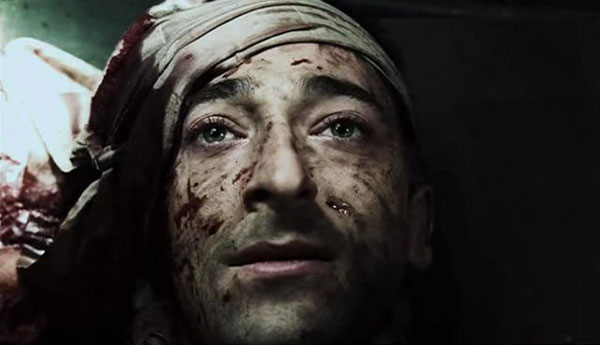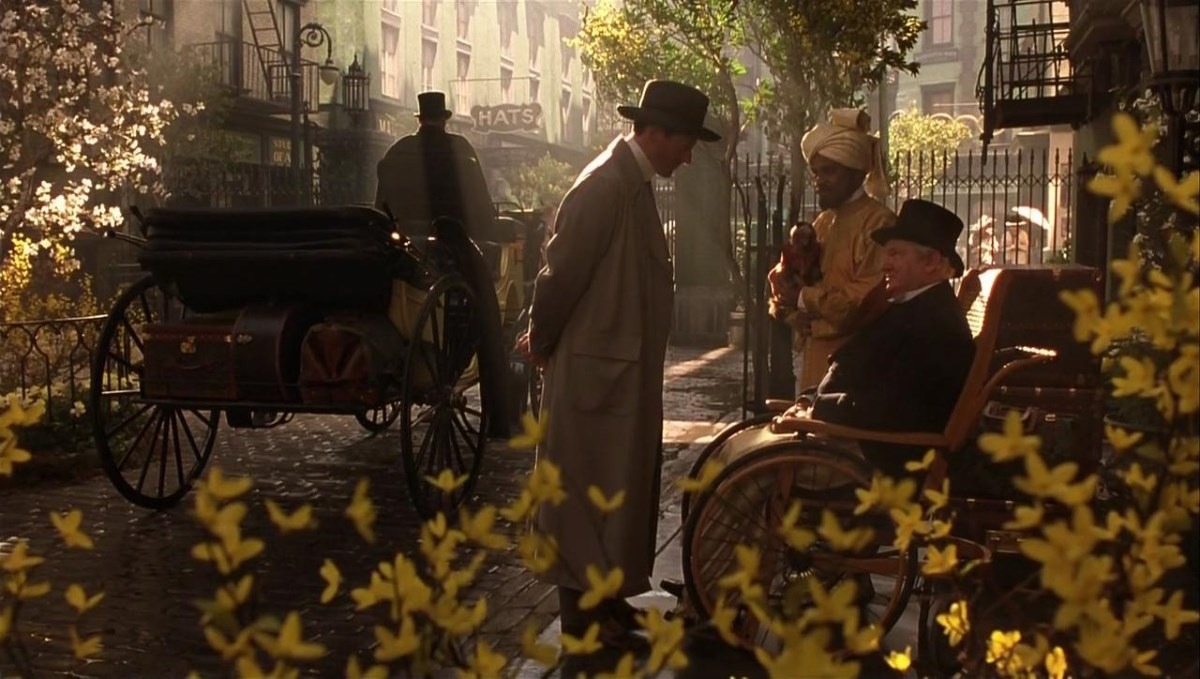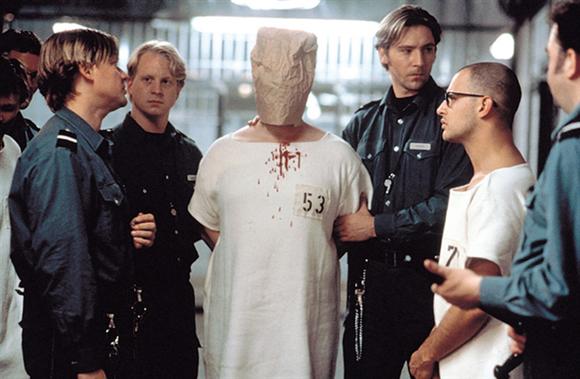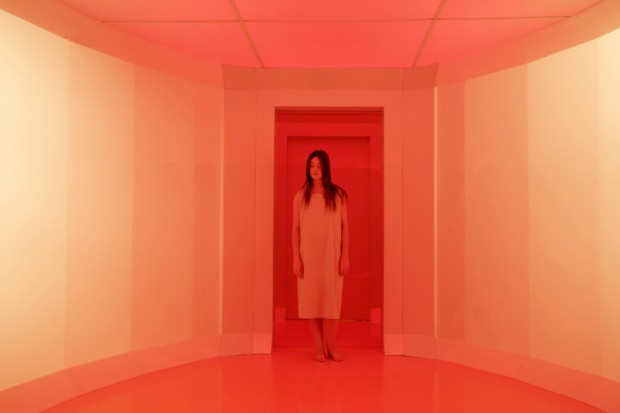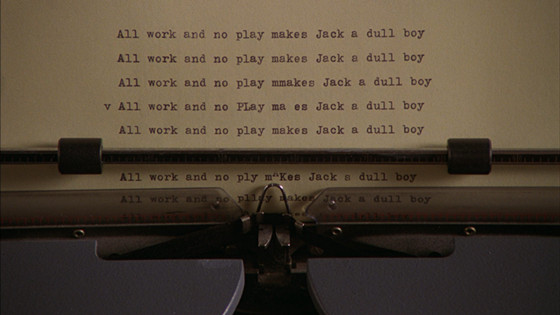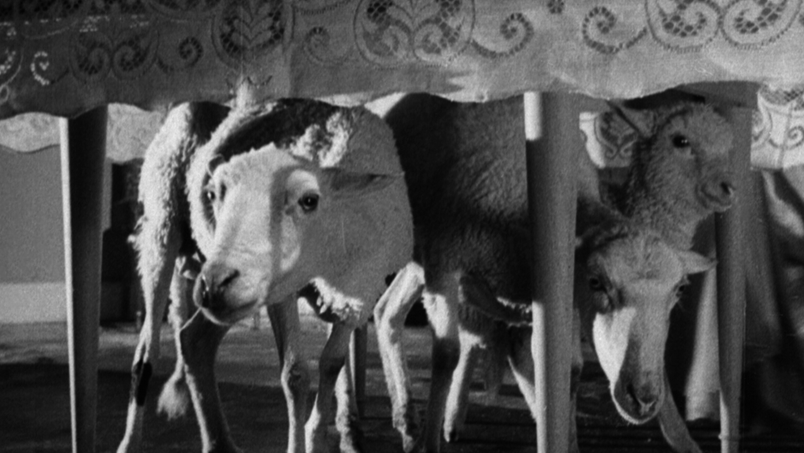As the climactic discourse in the trailer for Blackfish touts, “if you we in a bath tub for 25 years, don’t you think you’d get a little psychotic?” Beyond metaphysical questions about whether plants are sentient beings or not, all animals with a brain or central nervous system are assumed to have mobility among their means. And when you add humanity to the factors, you’re adding social needs as well.
Below is a list of movies that feature the effects of confinement in the mind in various fictional settings.
10. A Little Princess (1995, Dir. Alfonso Cuarón)
Hindu mythology, part of sanatana dharma as it is called by many who actually practice its tenets, is a millennia-old tradition that spawns as many incarnations in so many ways that the whole world could thank Indians for exporting the number zero and thus the concept for infinity. After all, infinity is the basis of most Hindu myths, and the human mind is the utmost fabricator of stories. This is exemplified by the infinity of pain verbal and emotional abuse can cause.
In Cuaron’s breakout film, Sara is an imaginative child whose custody is placed on the hands of the fun-hating Mrs. Minchin, a woman so obsessed wild childhood obedience that she willingly removes her pupil’s dignity as humans if it means having them submissive and responsive. Using poise and manners as a face for tyranny, the villainous adult in this story fosters a relationship of servitude in the girls that are boarded at her academy.
In a pivotal scene of the movie, Sara draws a chalk circle around her to keep her safe from the outside world, and when she lays down to sleep, her body greatly surpasses the length of the circle.
It is in little gestures like that, carefully crafted by the filmmakers, that we are shown how pain can make a person feel small and devalued. Her stories from India, where Sara grew up, bring life to the emotionally castrated girls at the boarding school.
Imprisoned high up her castle tower, Sara delivers hope through fantasy, and using fiction as imagination’s greatest tool, helps dozens cope with a harsh reality of basic human rights violations. What makes some stories relatable is how likely they are to happen in our very own world, and A Little Princess certainly pulls through in shaping a reality of confined children wanting to play, seek fun, and let their imagination run free.
Sara herself did not spend all her time in captivity, as she had to go buy groceries, but she was bound by necessity. The facets with which Mrs. Minchin was depicted as abusive ring true in subtle ways such as threats, dismissal of ideas, and in the case of the only boy in the school, physical abuse in the form of shoving.
The film handles the topic in a family-friendly matter, even censoring its tale of Rama vs. Ravana conveniently when the story got too intense. But that’s part of what’s so satisfying about this film: things work themselves out. Amnesia is cured, the mean Queen of Soot becomes the servant who cleans after other people’s mess, the younger sister finds love and run away with the milkman, and all traces of magical realism overflows in this shiny tapestry of magical realism.
Topics as eternally current as racism are brushed in this film about finding freedom, mostly in the form of Mrs. Minchin choosing the only dark-skinned girl and using her difference as justification for her servitude. It’s subject matters like these which strike close to home and give something to talk about for ages.
9. The Experiment (2001, Dir. Oliver Hirschbiegel)
Still from an era when trench coats were cool and Linkin Park was the it-band, this movie centers on Tarek Fahd, a taxi driver with connections to a high-tech industry where he used to work. In order to make some extra cash, he and other 19 men engage in an experiment where the first warning before signing up was that their fundamental rights were waived.
And this is where the effects of confinement tested originally in the infamous Stanford Prison Experiment kick into action. With a trademark early 2000s German post-punk style, the movie plays with the adage that “power corrupts” and takes its potential to its highest consequences, where the powerless abuse what little power they have, and the real authorities are clueless about how to proceed.
As soon as the experiment begins officially, the subjects’ personalities seep through their roles as guards or prisoners. What this proves is that whatever you are before obtaining power, would be in greater amounts once that happens. While initially playful, the “normal guys” in the prison experiment eventually suffer the consequences of “being, not pretending” while in an enclosed space for a continuous amount of time.
Even the viewer is subtly treated to the chaotic effects of the experiment. While it all starts easy to digest, when things start to happen, the narrative because more erratic, showing more about what’s inside the test subjects than what’s outside. As is expected when there’s too many men grouped together with the promise of easy money, intentions and relationships boil with the intensity of pent up sexual tension and any frustrations going on.
The Experiment is brilliant in portraying ordinary men finding themselves compromised by spurious laws they must obey, and soon the differences between each other become heightened.
Tarek, being a non-conformist, adheres to the believe that it’s all fake and the ultimate goal is to have fun, while other take their assigned roles more seriously. Tensions arise when Tarek’s attitude causes a ruckus in the prison, generating clashes with guards and some prisoners alike.
Before long, prisoners find themselves naked, bringing a scenery that alludes to humans stripped of their humanity. This is the interesting part about the movie, since it provides a look through a specific lens into human behavior. Whatever the result, conclusions are what one makes of them.
8. Beyond the Black Rainbow (2010, Dir. Panos Cosmatos)
Who knows the roads cinema would have taken without the advent of government-mandated LSD experimentation. Certainly, the topic is ripe for movie plots. In this film about institutions breeding a monster in captivity, no shred of happiness is left for Elena beyond her memories of a lost father.
Embodying purity and distress, the young woman quickly develops a sadistic taste for pain when her pleas for escape go unheard and mocked. Soon, the Paragon of beauty must uncover the secret of her origin if she is to escape the facility that keeps her imprisoned. At least that’s what she feels, as she follows a rainbow through wind and the thick veil of deceit.
Through a kaleidoscope of meshing shapes and colors, the film remains quite grainy throughout, with an applied filter that gives it the appearance of being a memory or a fantasy, except for the “reality” fragments. The recurring symbols signify a phantasm of the mind, encasing the story within the four walls of the lab.The eerie sensation is kept intact, like a specimen inside a jar, preserved to be seen and examined at will.
As a contemporary piece of art, the film stays appropriately experimental, as that is the subject itself, but as a mise en scène, the characters struggle to find any meaning in what they follow and what they feel. Visual and auditory stimuli go haywire in this simulation of being drugged, lost, and confused amid uncertain destiny and a morbidly gruesome past.
7. The Shining (1980, Dir. Stanley Kubrick)
How could we talk about confinement and not mention this classic? In Stanley Kubrick’s adaptation of Stephen King’s novel, a writer is slowly turned into a madman by the ominous presences in the Overlook Hotel.
Writers can easily relate to the frustration a creativity block can cause, and when this is coupled with King’s intention to reflect the downward spiral of alcoholism, it remains scary to this day to imagine until what point one would let outside influences take control of the mind.
Jack Torrance is an everyman writer who slowly transitions from loving stepfather trying his best to murderous madman hellbent on destruction and driven only by an unsatisfiable thirst for blood.
A must-see for film students, critics, or simply just cinephiles, this movie has transcended the status of a simple film and is now snugly placed into a “General culture” place, rightly earned through Kubrick’s culminating of unsettling symmetry, King’s out-of-place style of mismatched characters and setting, and timeless performances immortalized in various forms of media.
As is the norm in the Internet, the scenes in this film could easily be recut to deliver a completely different tone, and this is merely a testament of the great directing present in this piece. Furthermore, it’s been long enough since this film was released that many of its production secrets have seen the light of day.
Kubrick’s torment of Shelley Duvall is now well-known. An excessive amount of takes were chosen in order to give a genuine feeling of reaching the wit’s end. This in itself is disturbing enough, and provides a meta-commentary on the lengths a director will go to create a masterpiece. After all, cinema arguably redefines ethics in a very subtle manner across society.
6. The Exterminating Angel (1962, Dir. Luis Buñuel)
Staying for too long in one single place is bound to affect every aspect of one’s life, even if the lives are of preppy aristocrats. Staying true to his trademark style of magic realism, Buñuel gives us a troubling tale of too many people surviving together for days without being able to leave a house for no apparent reason, other than they cannot leave.
The characters themselves are not portrayed in an absurdist fashion, but the setting itself becomes a nightmare fueled by misplaced animals roaming free, unexplained phenomena haunting the guests at the macabre party, and a pervading feeling of uneasiness only amplified by a maniacal desire to be free. Physical needs take precedence over civility, and societal norms are thrown out the window before the collective minds are lost in hysteria.
Death follows the wealthy guest, ill-equipped to survive in the primal wilderness of animalistic humanity, deprived of etiquette and normalcy. This technically earns this movie a spot in any list including the “survival” genre, but its tone is very much its own, and the misanthropy communicated throughout it hard to miss.
A cult classic, this film embodies the best possible worlds of its filmmakers and actors, providing a feat in storytelling rarely matched presently. A recommendable mix of paranoia, meaningful references, and a cinematic language beyond the ordinary, evoke a deep fear of humanity in this at-times-nonsensical, at times very real work of art.
